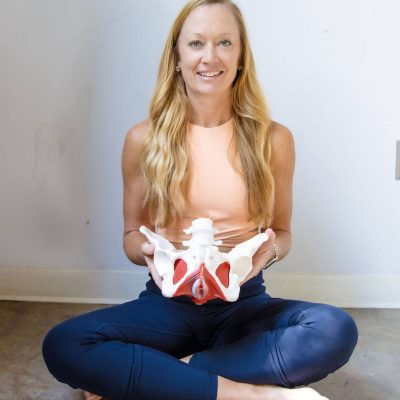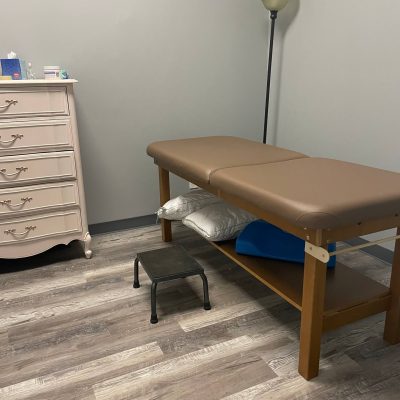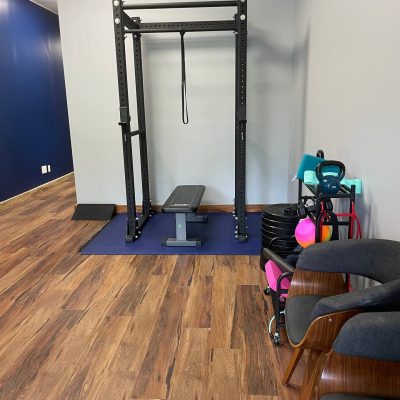Endometriosis is a chronic medical condition in which tissue similar to the lining of the uterus (endometrium) grows outside the uterus. Normally, the endometrium thickens, breaks down, and is shed during each menstrual cycle. However, in individuals with endometriosis, this tissue can grow on the ovaries, fallopian tubes, outer surface of the uterus, and other pelvic organs. In rare cases, it can even spread beyond the pelvic region.
During the menstrual cycle, the tissue growth outside the uterus responds to hormonal changes, causing it to thicken, break down, and bleed just like the endometrium inside the uterus. However, because this tissue is outside the uterus, it has no way to exit the body, which can lead to inflammation, pain, and the formation of scar tissue (adhesions). Over time, these adhesions can cause organs to stick together, leading to further pain and complications.
Endometriosis is often associated with symptoms such as:
- Pelvic pain: This can range from mild to severe and may occur before or during menstruation, during sexual intercourse, or during bowel movements.
- Painful periods: Women with endometriosis often experience more intense and longer-lasting menstrual cramps than usual.
- Painful intercourse: Pain during or after sexual activity is a common symptom of endometriosis.
- Infertility: Endometriosis can affect fertility by causing dysfunction of the reproductive organs or blocking the fallopian tubes.
- Heavy menstrual bleeding: Some individuals with endometriosis may experience heavier periods than usual.
- Gastrointestinal symptoms: Endometrial tissue outside the uterus can cause gastrointestinal symptoms such as bloating, diarrhea, constipation, and nausea, especially during menstruation.
Diagnosing endometriosis typically involves a combination of medical history, physical examination, and often a laparoscopic procedure (a minimally invasive surgery) to visualize and potentially remove the abnormal tissue for further examination.
Pelvic floor physical therapy can be beneficial for individuals with endometriosis, especially if they are experiencing pelvic pain, discomfort, or other related symptoms. Here’s how pelvic floor physical therapy can be helpful for those with endometriosis:
- Pain Management: Endometriosis can cause pelvic pain and discomfort. Often the pelvic floor muscles tense in response to the pain from the abnormal tissue and adhesions. Pelvic floor physical therapy aims to alleviate pain by addressing muscle tension, trigger points, and dysfunctional movement patterns in the pelvic floor muscles. Therapists use techniques such as manual therapy, stretching, and exercises to release tension and improve muscle function.
- Muscle Dysfunction: Endometriosis-related pain and inflammation can lead to pelvic floor muscle dysfunction, including tightness and weakness. Pelvic floor physical therapy helps identify these issues and develops a personalized exercise plan to restore proper muscle balance and function.
- Improved Pelvic Floor Function: The pelvic floor muscles play a crucial role in supporting the pelvic organs, controlling bowel and bladder function, and contributing to sexual function. Endometriosis can sometimes affect bladder and bowel function, leading to issues like urinary urgency, frequency, or pain during bowel movements. Pelvic floor physical therapy can help address these issues by improving muscle coordination and relieving muscle tension that might contribute to bladder and bowel dysfunction.
- Surgical Recovery: If an individual with endometriosis has undergone surgery, such as laparoscopy to remove endometrial tissue, pelvic floor physical therapy can aid in the recovery process. It helps to decrease and prevent scar tissue formation, maintain proper muscle function, and promote overall healing.
- Fertility: Adhesions caused by the abnormal tissue growth can contribute to abnormal movement (motility) and therefore function of the reproductive organs. Certain manual therapy interventions performed externally on the abdomen can aid in breaking up these adhesions and improving organ function, improving fertility. Such techniques are Visceral Mobilization and Lymphatic Drainage. Mercier Therapy is an external deep pelvic visceral manipulation technique focused on restoring blood flow and proper positioning of the uterus and ovaries within the pelvis.
- Individualized Treatment: Pelvic floor physical therapy is tailored to each individual’s needs. Therapists assess the specific symptoms, challenges, and goals of the patient and create a personalized treatment plan that may include exercises, stretches, relaxation techniques, and lifestyle modifications.
Magic City Physical Therapy has trained and licensed physical therapists with expertise in pelvic health including Visceral Mobilization, Lymphatic Drainage, and Mercier Therapy. If you’re considering pelvic floor physical therapy for managing endometriosis symptoms, call us today!







